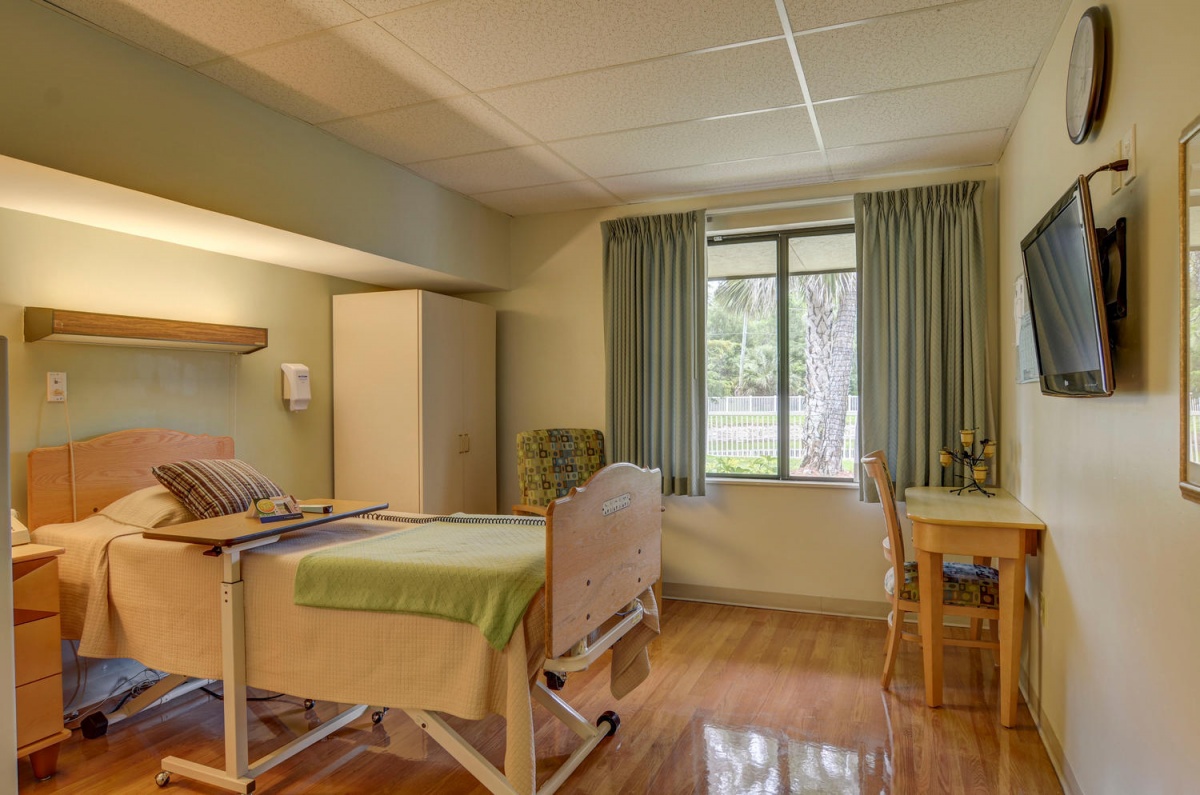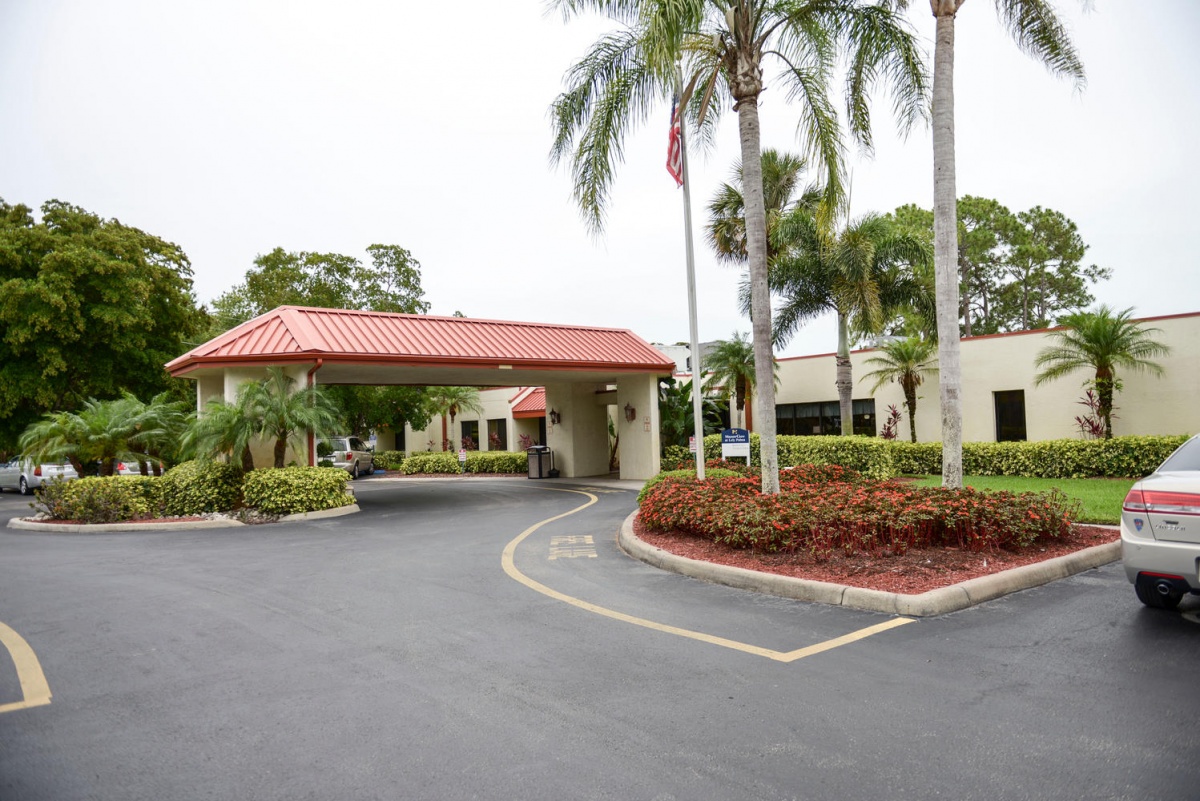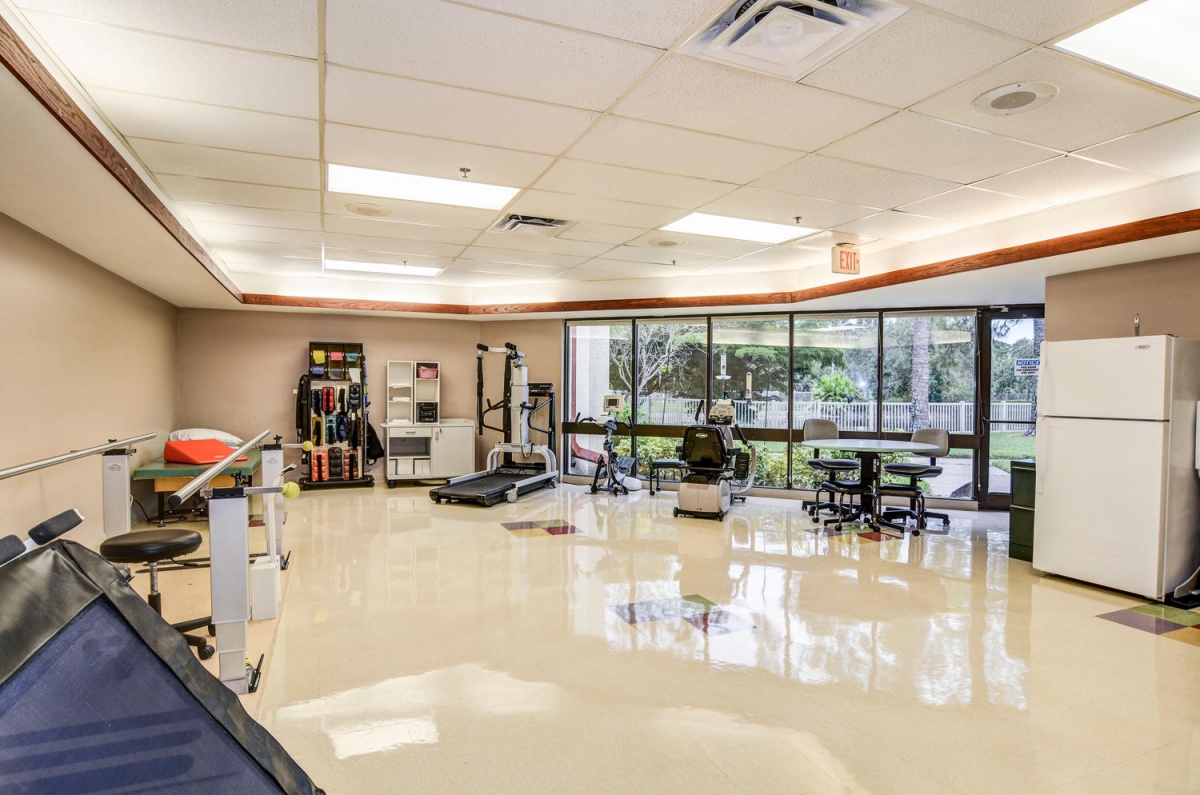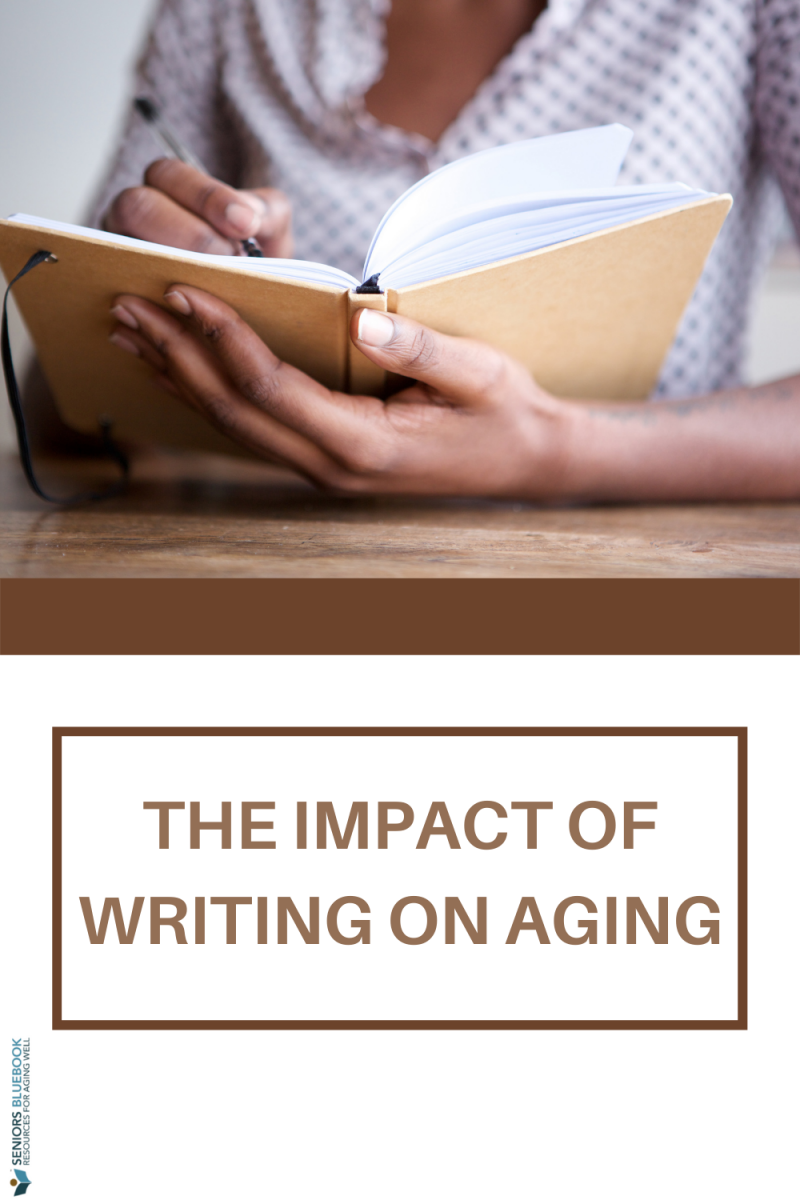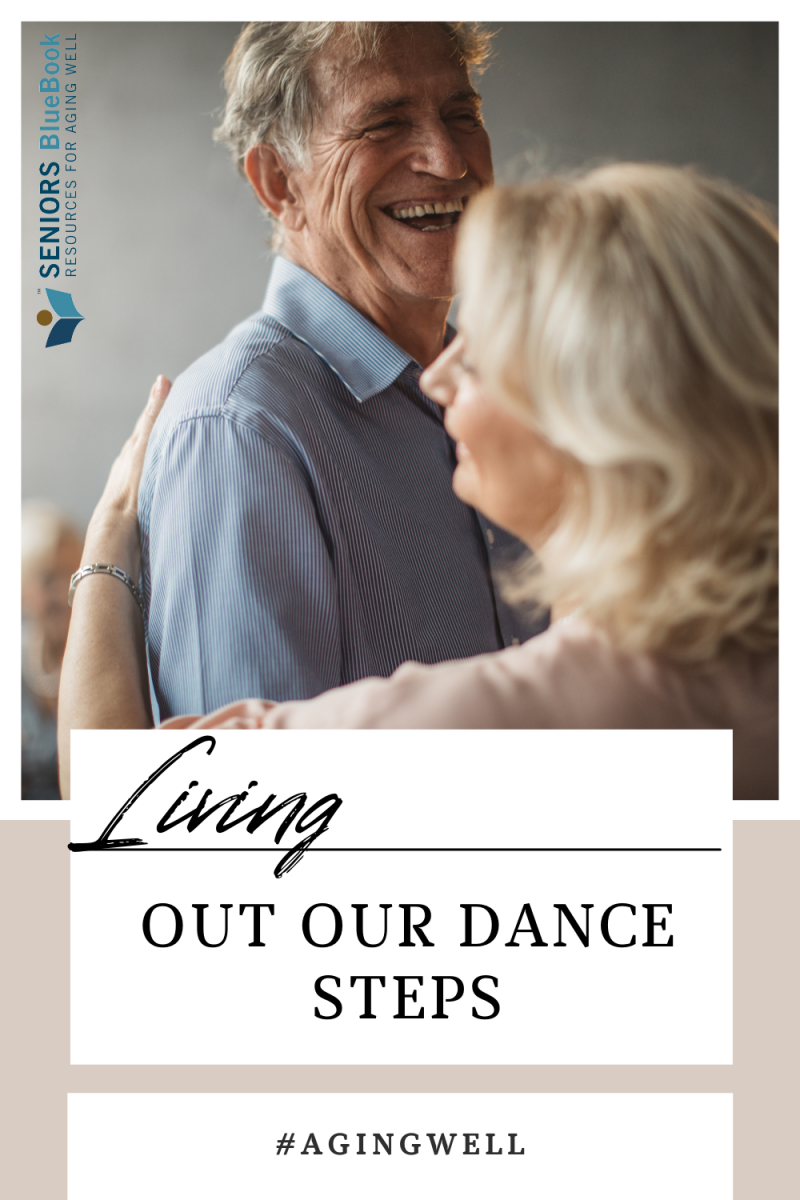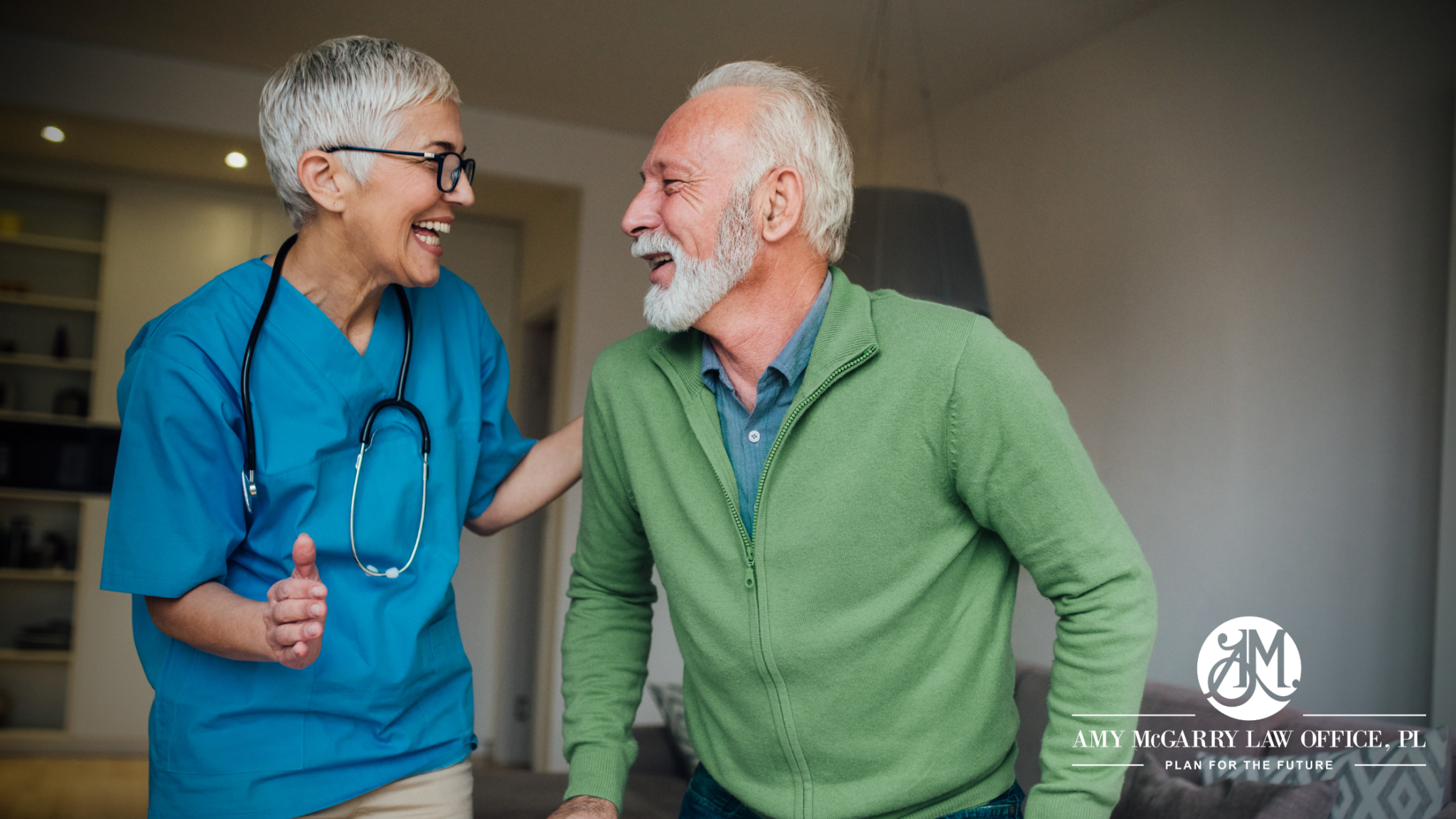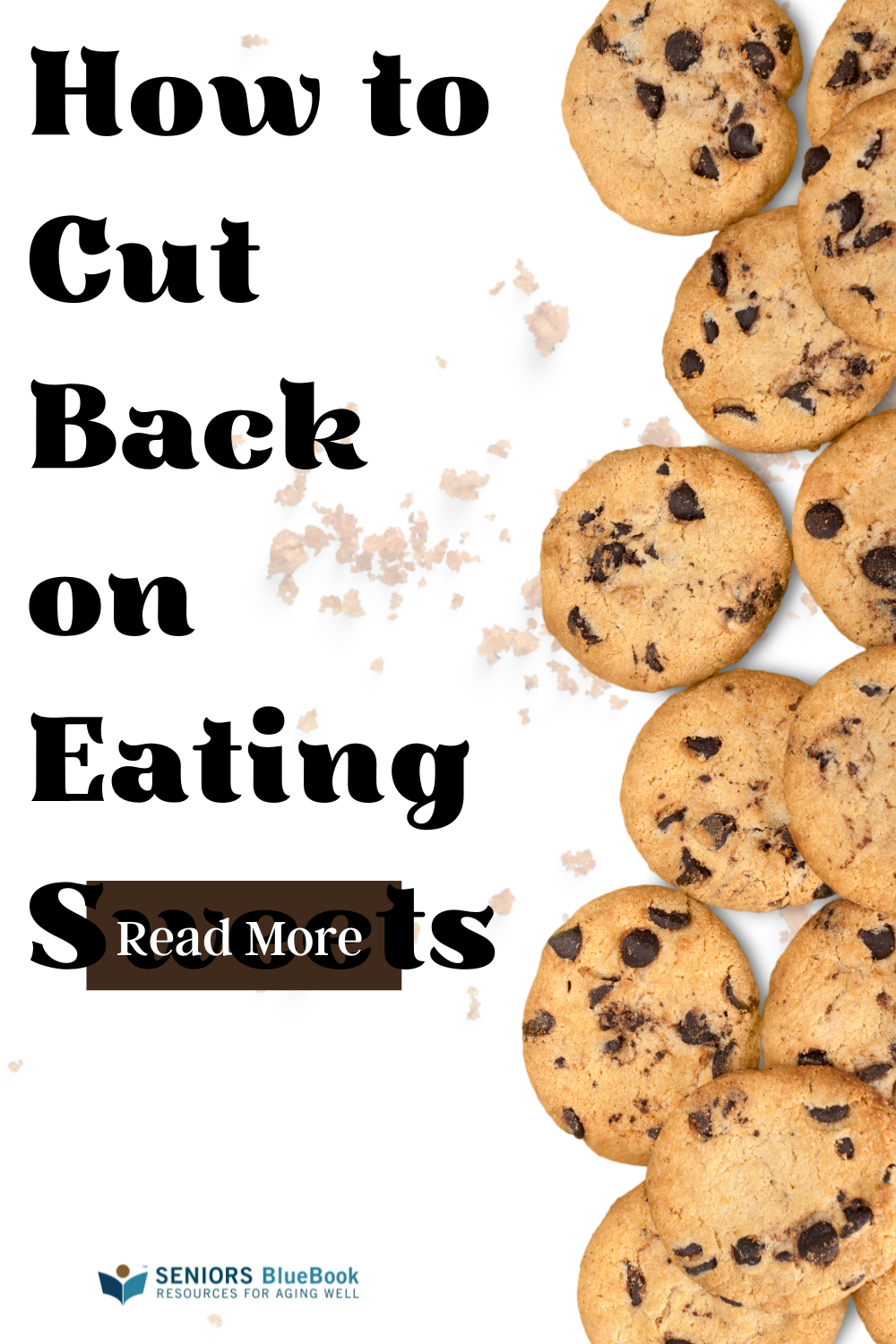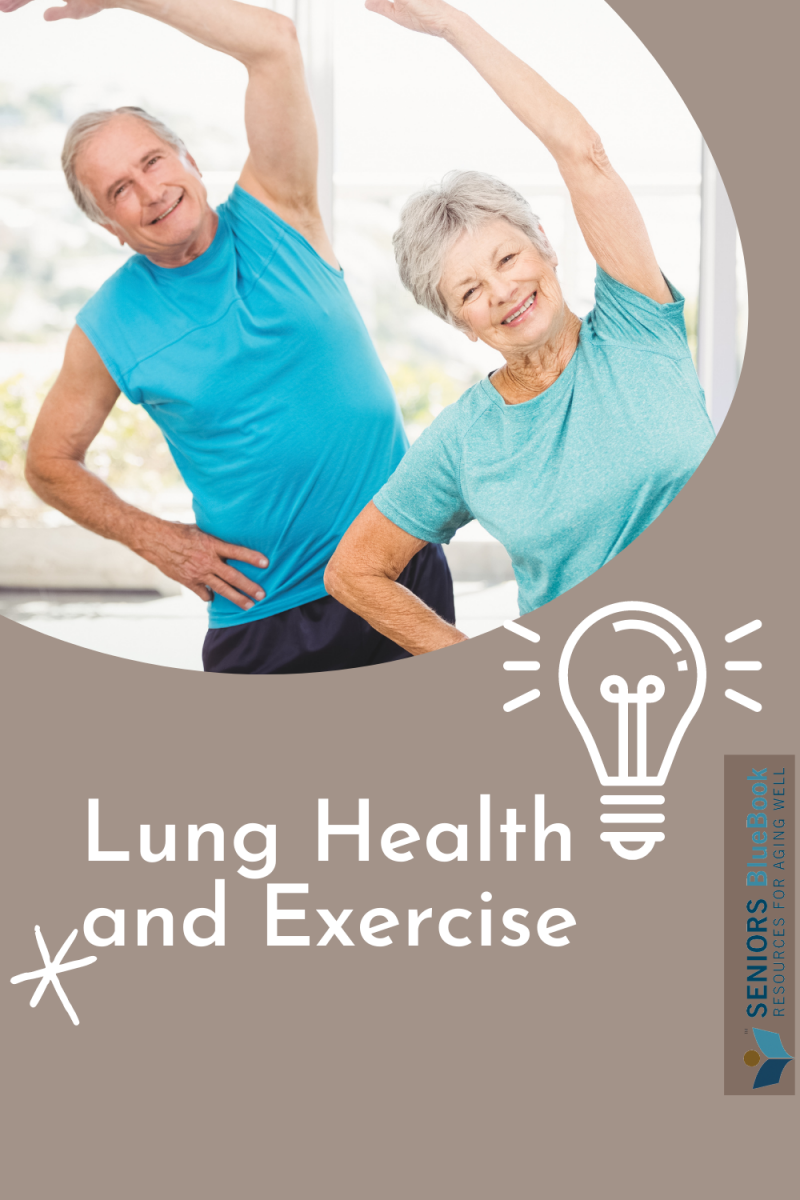Each day, the average person takes about 16 or so breaths every minute. That equates to roughly 700,000,000 breaths in a lifetime. If we are lucky enough to breathe fresh air, each one of those breaths will contain 78% nitrogen, 21% oxygen and a small percent of argon, carbon dioxide and other non-toxic gases. Even though oxygen accounts for only 1/5 of the air we breathe in, it is the only component of air that we actually use. In fact, oxygen is the single most important substance that we take into our body. Oxygen is the one necessary component in every chemical reaction important to human physiology. The cells of the body need oxygen to generate energy and without that energy the body would quite simply shut down.Oxygen provides cells with the energy needed to metabolize carbohydrates, transport nutrients, break down waste products and toxins, regulate the pH of body chemistry, drive the desire to breathe, and fight hostile organisms. A large part of our nutrition and energy comes from oxygen itself and it is even more important than food or water. Clinical studies show that a human being can live for days without water, and weeks without food but without oxygen biological death begins to occur within three minutes.Since oxygen is literally the breath of life, then it is understandable why getting oxygen from outside in the atmosphere to the tissues inside our body where it performs its life-sustaining duties as efficiently as possible is one of if not the most important health challenges one faces. In order to fully appreciate what an important process oxygen delivery is one must understand how oxygen travels to and through our body.In order to understand this flow of oxygen, lets break down the oxygen flow into seven basic and critically important - steps: Step 1: Oxygen Delivery The first step that needs to occur for oxygen delivery is oxygen access. Oxygen needs to gain access into the body. Step 1 is Oxygen Delivery when oxygen gains access to the body through the nose, mouth or in cases where an individual requires a tracheal airway a trach. When we take a deep breath, those atoms and molecules that make up the fresh air and the particulates that may pollute that same air gain access into our bodies. Step 2: Oxygen Passageway Once the air containing oxygen gains access to our throat, it is purified and then is inhaled into our lungs. The lungs are the main part of our Oxygen Passageway, which is step 2. In an attempt to purify the air that travels into the passageway, our nose hairs and mucous in the nasal passages and the bronchial tubes try to block particles that we breath in. However, if the particles are too small, they get by these defenses and may cause disease. When the lungs are damaged by disease, the passageway could be compromised. Diseases like emphysema, Chronic Obstructive Pulmonary Disease (COPD), blood clots (Pulmonary Embolisms), cancer, pneumonia, or Congestive Heart Failure (CHF) may compromise the oxygen passageway with restrictions, obstructions, disruptions or infiltrations. Because breathing is something all of us do all the time, we scarcely notice were doing it. So when our respiratory function gradually declines, we are unaware of the danger for far too long -- as when smokers fail to notice their shortness of breath, or believe it comes from eating too much. Step 3: Preload Once the oxygen reaches the platform or the alveoli, it then requires a means of transportation from the lungs through the body. This transportation which comes in form of blood flow is called preload. Preload is step 3 of oxygen delivery. The preload, or venous blood flow, circulates from the right side of the heart picking up oxygen from the lungs before flowing to the left side of the heart where it is pumped out as afterload .If the body is too dry volume depleted or dehydrated the volume flow in to pick up oxygen may be too low for adequate oxygen transport.Step 4: Oxygen Carrying Capacity When blood flows successfully from the right side of the heart into the lungs it carries with it hemoglobin. Hemoglobin, also known as the bloods Oxygen Carrying Capacity is step 4. Oxygen attaches to hemoglobin so that the blood can carry it through the circulation. If you are anemic or have a low hemoglobin blood count, your capacity to carry oxygen may be compromised.Step 5: Pump Once the oxygen has attached to the hemoglobin, it then needs to be pumped forward through the body. The Pump is step 5 of oxygen delivery. When the heart contracts, it will push the blood which is carrying oxygen out to the body. An efficiently pumping heart is important in order to assure adequate delivery of oxygen to the tissues.Diseases like Coronary Artery Disease (CAD), hypertension, and diabetes all may contribute to a weakened pump. A rapid or chronically elevated heart rate may be an indication that your pump is not working as efficiently as it should.Step 6: Afterload Once the heart pumps, the oxygen is then propelled into the circulatory system. This blood flowing through the circulatory network of arteries that stems from the left side of the heart makes up the afterload. The Afterload is step 6 of oxygen delivery. The afterload serves as the mechanism by which oxygen is carried through the circulation to the tissues.If the pressures of the blood flowing through the circulatory system i.e. blood pressure, is not optimal or if the circulation is compromised by plaque formation or narrowing, the work to deliver oxygen to the tissue will be increased.Step 7: Tissue Delivery It is the circulatory system that allows the afterload to bring oxygen to its ultimate destination which is the tissues where it is used for cellular respiration and metabolism. Step 7 is Tissue Delivery. Oxygen diffuses into the tissues by osmosis. Osmosis is most efficient when the concentration of oxygen in the blood is optimal, the body core temperature is normal, and the blood glucose levels are normal.Cellular metabolism and utilization of oxygen by the cell is compromised when the patient shifts from normal blood sugar and temperature measurements.As we take the journey with oxygen through these seven steps, it is easy to appreciate that most of us are suffering from some lack of oxygen. Whether from pollution, lung disease, fluid deficits, anemia, inefficient pump, vascular disease or metabolic abnormalities, our cells are being deprived of this vital element and thus weakening our immune system. Unhealthy or weak cells due to improper metabolism lose their natural immunity and are thus susceptible to viruses and lead the way to all kinds of serious health problems. So what can we do? We can start by looking to the seven steps.We need to1. Improve our access to oxygen2. Open up our pulmonary tree3. Maintain a healthy fluid balance4. Build up our blood5. Increase our heart pump6. Lower our pressure7. Feed our cellsStep 1: Improve Access to OxygenWe need to minimize exposure to environments where oxygen levels may be impaired. Secondhand smoke, outdoor air pollution, chemicals in the home and workplace, and radon all can compromise the oxygen concentration. Initiatives to improve your environment should include: make your home and car smoke free; do your part to decrease pollution; test your home for radon; try to avoid prolonged outside activities on bad air days; And talk to your health care provider if you are worried that something in your home, school or work may be making you sick.You also may want to have your oxygen saturation level checked. If your oxygen saturation is less than 98% you should follow up with your health care provider.Step 2: Open up the Pulmonary TreeDeep breathing exercises and avoiding behaviors which lead to lung disease are the fundamentals of good lung health. The most important rule to open up the pulmonary tree is: Dont smoke! Cigarette smoking is the major cause of lung cancer and Chronic Obstructive Pulmonary Disease (COPD), which includes chronic bronchitis and emphysema. Cigarette smoke can narrow the air passages and make breathing more difficult. It causes chronic inflammation, or swelling in the lungs, which can lead to chronic bronchitis. Over time cigarette smoke destroys lung tissue, and may trigger changes that grow into cancer. If you smoke, its never too late to benefit from quitting. Your health care provider and the American Lung Association can help whenever you are ready.Aerobic exercise and breathing exercise have been shown to help improve lung capacity.Step 3: Maintain A Healthy Fluid BalanceMaintaining an appropriate level of hydration is an important part of good health. Abrupt shifts in our fluid volumes may be an indicator of advancing disease. A 2-3 pound weight gain in 24 hours or a 5 pound weight gain in a week period should be reported to your health care provider for follow up.There isn't much guidance on the recommended amount of water that is needed daily. A general point, our thirst mechanism is what regulates hydration in the body and most people get an adequate amount of water just by paying attention to that mechanism. It is suggested that the average person loses about 10 cups of water every day, which should be replaced. This could be water consumed through what we drink or through foods that have high water content. Staying well hydrated and drinking even before you are thirsty is essential because thirst is a sign of a fluid deficit.Step 4: Build Up the BloodAnemia is a condition characterized by a deficiency of red blood cells, or of hemoglobin, in the blood. Hemoglobin is a protein located in red blood cells, which allows red blood cells to carry oxygen from the lungs to the rest of the human body. Anemia diminishes the capacity of the blood to carry oxygen. The element iron is needed to manufacture hemoglobin. Anemia can be temporary or long term, and it can range from mild to severe. The main causes of anemia are bleeding, hemolysis (excessive destruction of red blood cells), underproduction of red blood cells, and underproduction of normal hemoglobin.Iron deficiency anemia is the most common type of anemia. It can result from inadequate iron intake, decreased iron absorption, increased iron demand, or increased iron loss. Symptoms of iron deficiency anemia may include fatigue, shortness of breath, chest pain, dizziness, headache, and pica (unusual cravings for substances with no nutritional value such as ice, dirt, or starch).Blood tests such as a complete blood count (CBC) and serum ferritin level are useful for the diagnosis of iron deficiency anemia. A CBC can help determine red blood cell size, hematocrit (percentage of blood volume made up by red blood cells), and hemoglobin. Ferritin reflects iron stores and is the most accurate test to diagnose iron deficiency anemia. All of these blood tests would be decreased in iron deficiency anemia. Iron deficiency anemia is treated with iron supplementation.Step 5: Pump It UpHeart failure means that the heart isn't pumping as well as it should be. Your body depends on the hearts pumping action to deliver oxygen- and nutrient-rich blood to the bodys cells. When the cells are nourished properly, the body can function normally. With heart failure, the weakened heart cant supply the cells with enough blood. This results in fatigue and shortness of breath and some people have coughing. Everyday activities such as walking, climbing stairs or carrying groceries can become very difficult.Heart failure can be managed with heart failure medications and healthy lifestyle changes.Step 6: Lower the PressureHigh blood pressure is a common condition in which the long-term force of the blood against your artery walls is high enough that it may eventually cause health problems, such as heart disease. You can have high blood pressure (hypertension) for years without any symptoms. Even without symptoms, damage to blood vessels and your heart continues and can be detected. Uncontrolled high blood pressure increases your risk of serious health problems, including heart attack and stroke.High blood pressure generally develops over many years, and it affects nearly everyone eventually. Fortunately, high blood pressure can be easily detected. And once you know you have high blood pressure, you can work with your doctor to control it.Step 7: Feed the CellsOur cells are happier when they are free of infection and metabolic fluctuations. Preventing infection and maintaining healthy blood glucose levels are some basic ways to keep the cells happy. A cold or other respiratory infection can sometimes become very serious. Good health begins where we live, learn, work and play and its important to ensure that safeguards are in place to protect us and prevent disease.HOW HCR MANORCARE CAN HELPHCR ManorCare is focused on caring for patients requiring skilled nursing and rehabilitation services. Services focused on caring for lung health include:Patients have their oxygen saturation measured at least as frequently as the other core vital signs. This means a minimum of every shift for 72 hours on admission and daily thereafter while on the short stay units or when they require closer monitoring.The clinical team monitors respiratory rates and lung sounds at a minimum daily on all short stay patients and with changes in condition. Cough and deep breathing maneuvers, incentive spirometry, chest physical therapy, suctioning and respiratory medications may be part of the individual prevention or treatment plan.Patients weights are monitored as frequently as daily in high risk patients and a minimum of once a week for short stay patients.Nutritional support and supplements are part of the ongoing care plan. When a patient requires blood replacement, the clinical team works closely with community partners to provide timely and appropriate interventions.Heart rates are monitored closely. Since heart rates greater than 80 may serve as herald that either the heart is not working as efficiently as it should or the demand for oxygen has increased, our clinical team works closely with health care providers in evaluating our patients for treatment interventions.Blood pressures are monitored at least daily on all short stay patients. Since elevated blood pressures may increase the risk of heart attack or stroke, blood pressures that exceed 140/90 are addressed by the clinical team in consultation with the patients health care provider.Clinicians and medical practitioners assess patients ability to deliver oxygen to the tissues through the Go with the FLO2W program whether you are recovering from a surgery or illness, or seeking a comprehensive review of palliative care or looking for palliative care.Submitted and Written BY: HCR Manorcare - click here for more information
